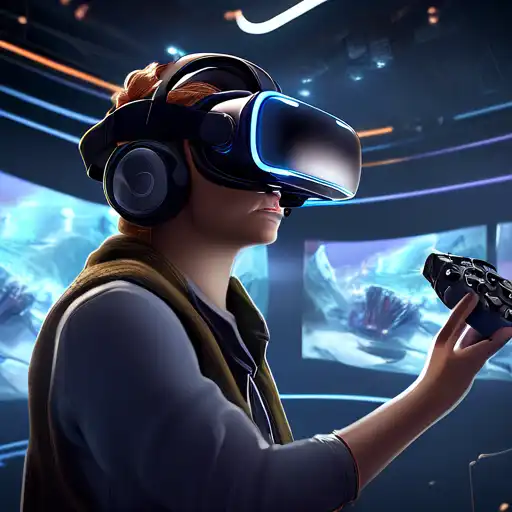Understanding the Complexities of VR Content Development
Virtual Reality (VR) has emerged as a groundbreaking technology, offering immersive experiences that were once the stuff of science fiction. However, developing VR content comes with its own set of unique challenges that creators must navigate to deliver compelling and engaging experiences.
Technical Limitations and Hardware Diversity
One of the primary hurdles in VR content development is the vast array of hardware available in the market. From high-end PC-based systems like the Oculus Rift to standalone devices such as the Oculus Quest, each platform has its own specifications and limitations. Developers must optimize their content to perform seamlessly across these diverse ecosystems, often requiring significant adjustments and testing.
User Experience and Motion Sickness
Creating a comfortable user experience is paramount in VR development. Motion sickness, caused by discrepancies between visual motion and physical movement, is a common issue. Developers must carefully design movement mechanics and environments to minimize discomfort, which can limit creative freedom and require innovative solutions.
High Production Costs and Resources
The production of VR content is resource-intensive, requiring specialized equipment and software. High-quality 3D models, textures, and animations are essential for creating immersive environments, but they also demand significant time and financial investment. This can be a barrier for independent creators and small studios.
Content Interactivity and Engagement
Unlike traditional media, VR offers a level of interactivity that can be both a blessing and a curse. Designing intuitive and engaging interactions requires a deep understanding of user behavior and expectations. Developers must strike a balance between freedom and guidance to ensure users feel empowered without becoming overwhelmed.
Future Prospects and Overcoming Challenges
Despite these challenges, the future of VR content development is bright. Advances in technology and tools are making it easier to create high-quality VR experiences. By addressing these hurdles head-on, developers can unlock the full potential of virtual reality, offering users unparalleled immersive experiences.
For those interested in exploring more about immersive technologies, check out our guide on immersive technology.
